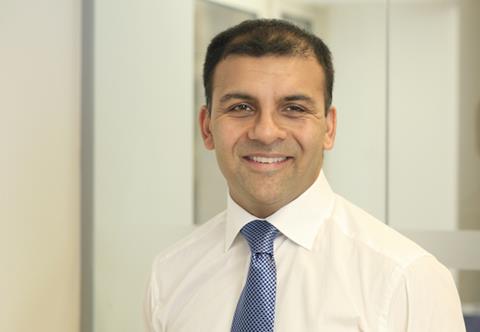
The funding deficit for defined benefit (DB) pension schemes was £470 billion at the end of January 2017, according to research by PricewaterhouseCoopers (PWC).
Its Skyval index, which is based on data collected from the Skyval pensions platform used by trustees, sponsors and advisers, also found that DB pension assets and liability targets stood at £1,480 billion and £1,950 billion respectively at the end of January 2017, according to the funding measure, which is used by pension trustees to determine organisations’ cash contributions.
At the end of January 2017, pension assets and liability targets were £1,480 billion and £1,800 billion, respectively, according to the accounting measure deficit, which reflects the target value of liabilities shown in organisations' accounts, based on formal accounting standards.
The deficit for DB pensions was £320 billion at the end of January 2017, according to the accounting measure.
Raj Mody (pictured), global head of pensions at PWC, said: “We have previously raised the question of whether pension deficits are being measured appropriately and therefore whether financing and risk management strategies are appropriate.
“One particular challenge for pension fund trustees is forecasting future life expectancy for their members. This is notoriously difficult to predict. Because of that, and the requirement for trustees to be prudent when coming up with a target for funding purposes, they typically make an allowance for life expectancy to continue to improve a very long time into the future.
“However, these pension payments are not yet a commitment; they are just a prudent expectation of what might unfold over the next few decades. Asking [organisations] to stump up the cash over a short-term period, in case of that eventuality, seems over prudent.
"A better and more transparent method would be for trustees and [organisations] to repair a more realistic assessment of the deficit over a short-term period, but then keep life expectancy improvements and other such potential developments under review. They can react accordingly over time depending on emerging and continuing trends.”











